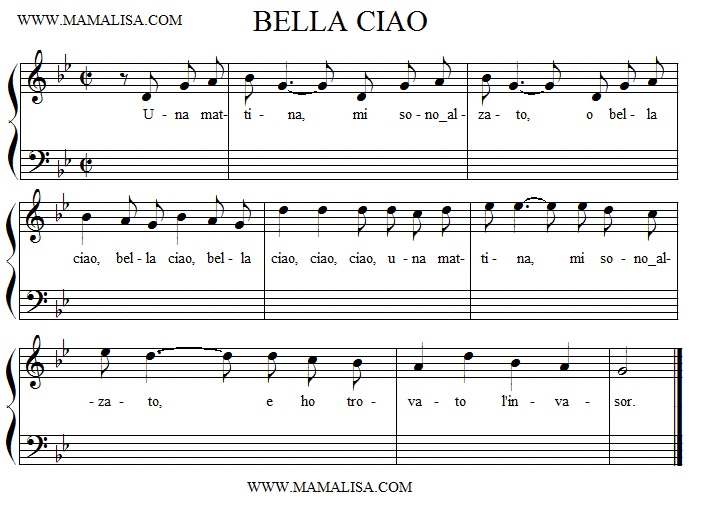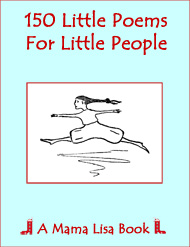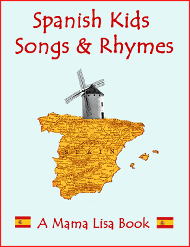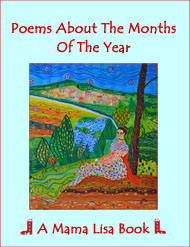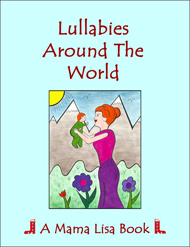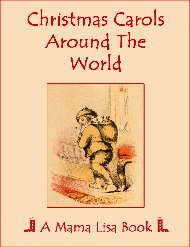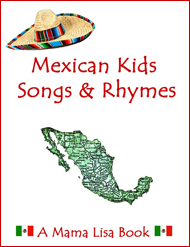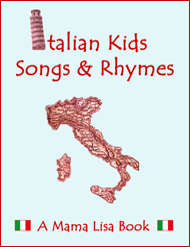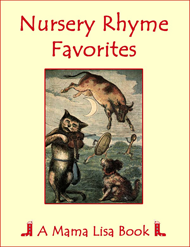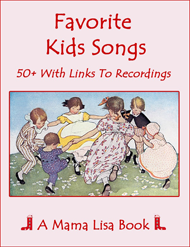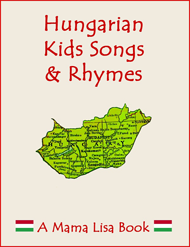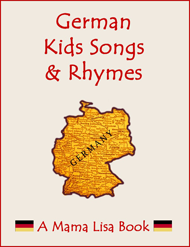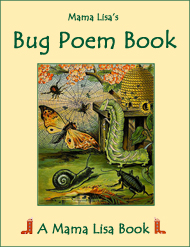Bella ciao
"Bella ciao" is a song of resistance from the time of the Italian Civil War that took place during World War 2. It was sung by Partisans who were part of the anti-Fascist movement that took place from 1943 - 1945.
It's now sung as a song of freedom and resistance all over the world.
Bella ciao
Hi Beautiful
Traditional Song
Traditional Song
(Italian)
(English)
Una mattina mi sono alzato,
O bella ciao, bella ciao, bella ciao ciao ciao,
Una mattina mi sono alzato,
E ho trovato l'invasor.
O partigiano portami via,
O bella ciao, bella ciao, bella ciao ciao ciao
O partigiano portami via,
Ché mi sento di morir.
E se io muoio da partigiano,
O bella ciao, bella ciao, bella ciao ciao ciao
E se io muoio da partigiano,
Tu mi devi seppellir.
E seppellire lassù in montagna,
O bella ciao, bella ciao, bella ciao ciao ciao,
E seppellire lassù in montagna,
Sotto l'ombra di un bel fior.
Tutte le genti che passeranno,
O bella ciao, bella ciao, bella ciao ciao ciao,
E le genti che passeranno,
Mi diranno: "Che bel fior!"
"È questo il fiore del partigiano
O bella ciao, bella ciao, bella ciao ciao ciao,
È questo il fiore del partigiano,
Morto per la libertà."
One morning I got up,
Oh hi beautiful, hi beautiful, hi beautiful, hi, hi, hi,*
One morning I got up
And I found the invader.
Oh, partisan, take me along,
Oh hi beautiful, hi beautiful, hi beautiful, hi, hi, hi,
Oh, partisan, take me along
Because I feel ready to die.
And if I die as a partisan,
Oh bye beautiful, bye beautiful, bye beautiful, bye, bye, bye,*
And if I die as a partisan,
You have to bury me.
Bury me up there on the mountain,
Oh bye beautiful, bye beautiful, bye beautiful, bye, bye, bye,
Bury me up there on the mountain
Under the shadow of a beautiful flower.
And the people who will pass by
Oh hi beautiful, hi beautiful, hi beautiful, hi, hi, hi,
And the people who will pass by
Will tell me "Oh, what a beautiful flower!"
"This is the flower of the partisan,
Oh bye beautiful, bye beautiful, bye beautiful, bye, bye, bye,
This is the flower of the partisan
Who died for liberty."
Notes
*"Bella ciao" means "bye (or hi) beautiful".
The author of this song is unknown.
In "I canti popolari italiani" (1973), the Italian musicologist Roberto Leydi mentions that more recent research shows that the origin of the music is to be found in a children's song from Trentino called "La me nòna l'è vecchierèlla" (called "La mia nonna è vecchierella" in Lombardy) and that the lyrics derive from the ballad Fior di tomba.
It shares the tune and pattern with a song called "Alla mattina appena alzata" that was sung by the mondine (literally "cleaners") i.e rice-weeders on the River Po in northern Italy.This song was first believed to be the one "Bella ciao" comes from. In the end, the rice-weeders song actually comes from the partisan song.
According to this Italian Wikipedia article, "The link to the song of the rice-weeders from the Po valley has been speculated. Nevertheless, Cesare Bermani showed that it's definitely not correct: The rice-weeders' song Bella ciao was composed after the war by Vasco Scansani de Gualtieri [in 1952, but his version is probably based on earlier versions of the song] ...while the partisans' song Bella ciao takes part of the text and structure of the [earlier] song Fior di tomba. Musically the structure of the repetition ('ciao') derives from a [earlier] children's song spread all over the North, La me nòna l'è vecchierèlla [this was already observed by Roberto Leydi].
Another possible influence may be from a 16th century French ballad that, although modified with every geographical move, would have been assimilated first in the Piedmont tradition under the title La daré d'côla môntagna, then in the Trentino tradition under the title of Il fiore di Teresina, then in the Veneto tradition under the title, Stamattina mi sono alzata..." -Virgilio Savona e Michele Straniero, Canzoni italiane, Fabbri Editori, 1994, Vol.I, pag.179 (translated from the Italian)
The work of rice weeding was common in northern Italy during the late 19th to early 20th centuries. The rice-weeders worked in difficult conditions. They would work for days barefoot, with the water up to their knees, and with their backs curved over to remove the weeds growing in the rice fields. The working conditions were very bad. The women worked long hours with low pay. This caused growing discontent that, in the early 1900's resulted in unrest and riots.
Here are excerpts (verses 1 & 3) from the song of the rice-weeders:
Original Lyrics
1. Alla mattina appena alzata
O bella ciao bella ciao bella ciao, ciao,ciao
Alla mattina appena alzata
In risaia mi tocca andar
3. Il capo in piedi col suo bastone
O bella ciao bella ciao bella ciao ciao ciao
Il capo in piedi col suo bastone
E noi curve a lavorar
English Translation:
Verse 1
Upon just arising in the morning
O beautiful, hello beautiful
Hello beautiful hello, hello, hello
Upon just arising in the morning
I have to go to the paddy field.
Verse 3
The boss standing with his stick
O beautiful, hello beautiful
Hello hello hello hello beautiful
The boss standing with his stick
And we curved over working.
You can find the full song of the Rice Weeders here.
*****
The song also shares the first five bars with a Klezmer song from the early 1900's called "Dus zekele mit koilen" (Dos zekele mit koyln). But nobody could establish any link between the two songs in a convincing and reliable way.
"The 5½ first bars are the only thing that links the two songs. I've read an article in Italian about the fact that the guy who found the similarity between the first bars of the songs didn't bother to go further than that and extend the similarity to the whole song. Meanwhile the songs have nothing else in common. The article was by somebody who seemed 'somewhat' angry about it." -Monique


Thanks!
Thanks!
Thanks and Acknowledgements
Translated by Lisa Yannucci.




